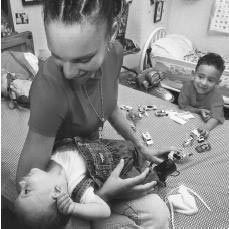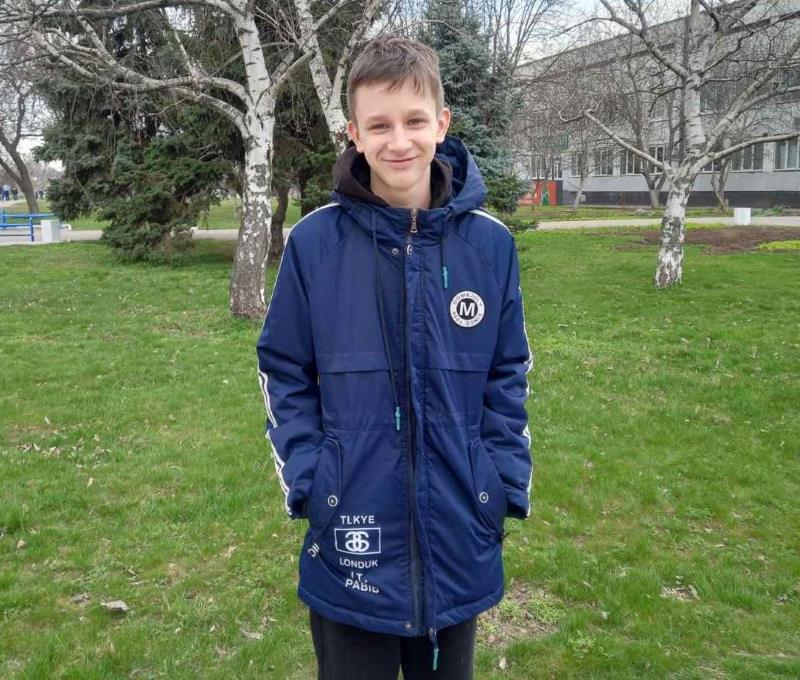
Photo by: BlueOrange Studio
Definition
Group homes are small, residential facilities located within a community and designed to serve children or adults with chronic disabilities. These homes usually have six or fewer occupants and are staffed 24 hours a day by trained caregivers.
Description
Most group homes are standard, single-family houses, purchased by group home administrators and adapted to meet the needs of the residents. Except for any adaptive features such as wheelchair ramps, group homes are virtually indistinguishable from other homes in the surrounding neighborhood. Group homes may be located in neighborhoods of any socioeconomic status.
Residents of group homes usually have some type of chronic mental disorder that impairs their ability to live independently. Many residents also have physical disabilities such as impairments of vision communication, or ambulation. These individuals require continual assistance to complete daily living and self-care tasks. Some also require supervision due to behavior that may be dangerous to self or others, such as aggression or a tendency to run away.
Although most group homes provide long-term care, some residents eventually acquire the necessary skills to move to more independent living situations. Group homes for children are usually temporary placements, providing care until a foster family can be secured. Others may return to their natural families. Occasionally, halfway homes for people recently released from prison or discharged from a substance abuse program may also be referred to as group homes. These types of group homes are also transitory in nature.
History and mission
The development of group homes occurred in response to the deinstitutionalization movement of the 1960s and 1970s. As psychiatric hospitals closed, discharged individuals needed places to live. Group homes were designed to provide care in the least restrictive environment and to integrate individuals with disabilities into the community, reducing stigma and improving quality of life. The environment of a group home was intended to simulate typical family life as much as possible.
Since the passage of the Community Mental Health Centers Act in 1963, grants have been available to group homes. State and federal funds such as the Medicaid Home and Community-Based Waiver continue to support the majority of group homes. However, some homes operate on donations from private citizens or civic and religious organizations. Most group homes are owned by private rather than governmental organizations, and can be either non-profit or for-profit organizations. Group homes are considered more cost effective compared to institutional care. Unfortunately, the number of available group homes has not always matched need, resulting in homelessness or re-hospitalization for some individuals.
One of the goals of group home living is to increase the independence of residents. Group home staff members teach residents daily living and self-care skills, providing as little assistance as possible. Daily living skills include meal preparation, laundry, housecleaning, home maintenance, money management, and appropriate social interactions. Self-care skills include bathing or showering, dressing, toileting, eating, and taking prescribed medications.
Staff also assure that residents receive necessary services from community service providers, including medical care, physical therapy, occupational therapy, vocational training, education, and mental health services. Most group home residents are assigned a case manager from a community mental health center or other government agency who oversees their care. Case managers review group home documentation regarding skills learned and services received, and make recommendations for adjustments in care.
The NIMBY phenomenon
Unfortunately, group homes have received much opposition from communities. NIMBY (acronym for Not In My Backyard) describes the common reaction of community residents when they discover that a group home is targeted for their neighborhood. Current research suggests that protests frequently involve concerns over personal security, declining property values, or a generalized threat to the neighborhood's quality. Some researchers believe that prejudiced attitudes such as ignorance, fear, and distrust are the true reasons for protest.
Usually, neighborhood opposition is unsuccessful due to provisions of the Fair Housing Act of 1968. However, such opposition can be detrimental to the goal of integrating residents into the community. The NIMBY phenomenon is also a concern because as deinstitutionalization continues, the need for additional group homes increases. Statistics show that between 1987 and 1999, the use of group homes serving individuals with developmental disabilities and containing six residents or less increased by 240%.
Social service workers are constantly looking for ways to address the NIMBY phenomenon. Some research has suggested that community concerns decrease with time as community members become familiar with group home residents. A recent study proposed that opposition can be decreased by providing advanced notice of plans for a group home, as well as adequate information and discussion about expectations.
Factors affecting group home success
Initially, many people were skeptical about the adequacy of group home care compared to psychiatric hospitals or other institutions. Over the past 25 years, many studies have examined the impact of group home care on residents. These studies have consistently shown increases in adaptive behavior, productivity, community integration, and level of independence.
Risks involved in successfully transitioning an individual to a group home include psychological deterioration such as severe cognitive or physical impairments, physical deterioration that includes being non-ambulatory, or mortality issues such as being age 70 or older.

Group homes are facilities in residential communities that house people with physical or mental disabilities or other challenges. The group home residents pictured above live in a teen group home in Massachusetts for low-income mothers and their children. (AP Photo/Lisa Poole. Photo reproduced by permission.)
Before considering group home placement—especially for those in the high-risk category—extensive planning should be conducted. A complete assessment plan of the individual's needs should specify which agency will be responsible for meeting medical needs, particularly in the event of a crisis. The individual's strengths should be incorporated into the plan whenever possible. For example, if a supportive family is an identified strength, the preferred group home should be close in proximity to facilitate family visits.
Other factors that contribute to group home success are a small staff-to-resident ratio, well-trained staff, and a home-like atmosphere. As with any type of organization, some group homes are better run than others. A careful investigation into a home's procedures is recommended. Research suggests that individuals with severe cognitive impairments often experience a period of disorientation, and may need additional support or supervision for the first few months while adjusting to their new surroundings. Pre-placement visits and discussion can reduce anxiety for the future resident.



